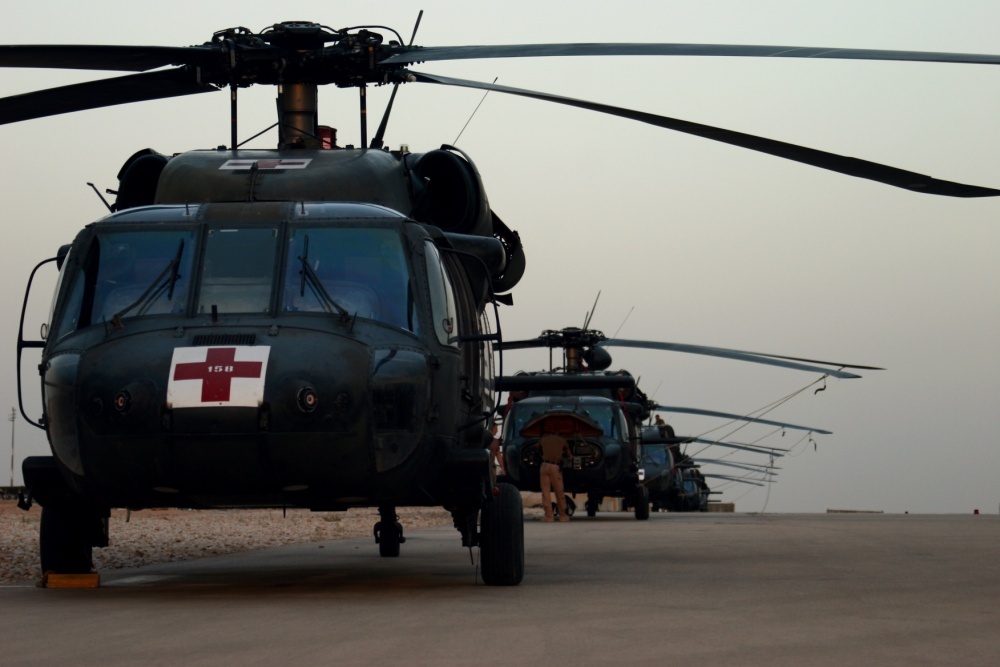
Kurdistan: Dispatcher and medical criteria of air ambulance
How managing patients and therapeutic measurement executed during air ambulance operation can improve training, protocols, and management decisions?
The current study aimed at investigating the dispatch criteria and the way of handling patients during transport by air emergency medical services of Kurdistan Province, Iran, in 2017.
Trauma is one of the most important and complex issues of healthcare systems worldwide. It is one of the leading causes of death in people 46 years old and younger, and one of the main causes of death occurred by incidents.
Natural incidents account for more than 3.9 million deaths and more than 138 million disabilities each year worldwide. Major incidents are events that require a medical response beyond the usual responses. These events are usually heterogeneous and different and remain a challenge for medical emergencies.
Importance of HEMS during emergency
When the incident scene is inaccessible, helicopters may be the only way to transfer personnel, equipment, and patient.
The employment of helicopter has several advantages including rapid transfer, transferring patient to a hospital instead of the nearest emergency department, using experienced personnel on the scene, and accessing incident locations not accessible by road.
They also have some disadvantages: costly use, inability to fly in bad weather conditions or at night, and inability to perform some missions such as active delivery.
Although a number of studies show a decrease of 21% to 52 % in mortality rates and a survival increase of 12-40 % in helicopter missions compared with road ambulances.
The employment of the air ambulance can reduce this time to one-fourth of time needed for the road ambulance transfer. Hence, HEMS department in Kurdistan Province was established in 2017 to reduce the transfer time of injured people and provide more favourable treatment services.
ALOUETTE and the HEMS department in Kurdistan
After obtaining approval from the Ethics Committee of Kurdistan University of Medical Sciences and obtaining permission from the university, the researcher referred to the EMS centre of the province.
After explaining the research goals and assuring the authorities about the confidentiality of their information, data were collected at two stages.
The performance of HEMS department in Kurdistan province was favourable in terms of dispatch criteria, duration of the transfer, and treating patients during transportation; however, there were some weaknesses in the administration of medication during transport and recording the information in the HEMS mission form.
In order to improve the performance of HEMS, the development of helicopter pads in other towns, and holding specialized training courses for HEMS personnel are recommended.


